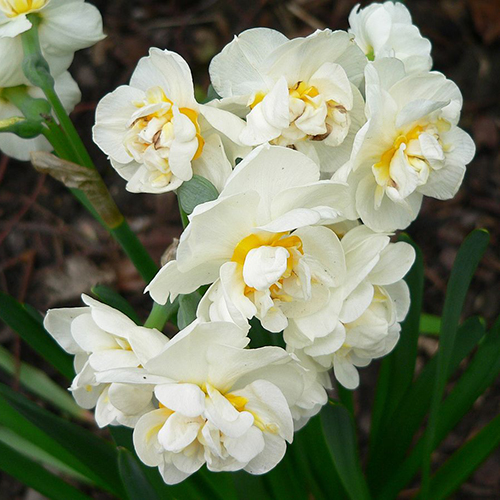
Narcissus – Fall 2025

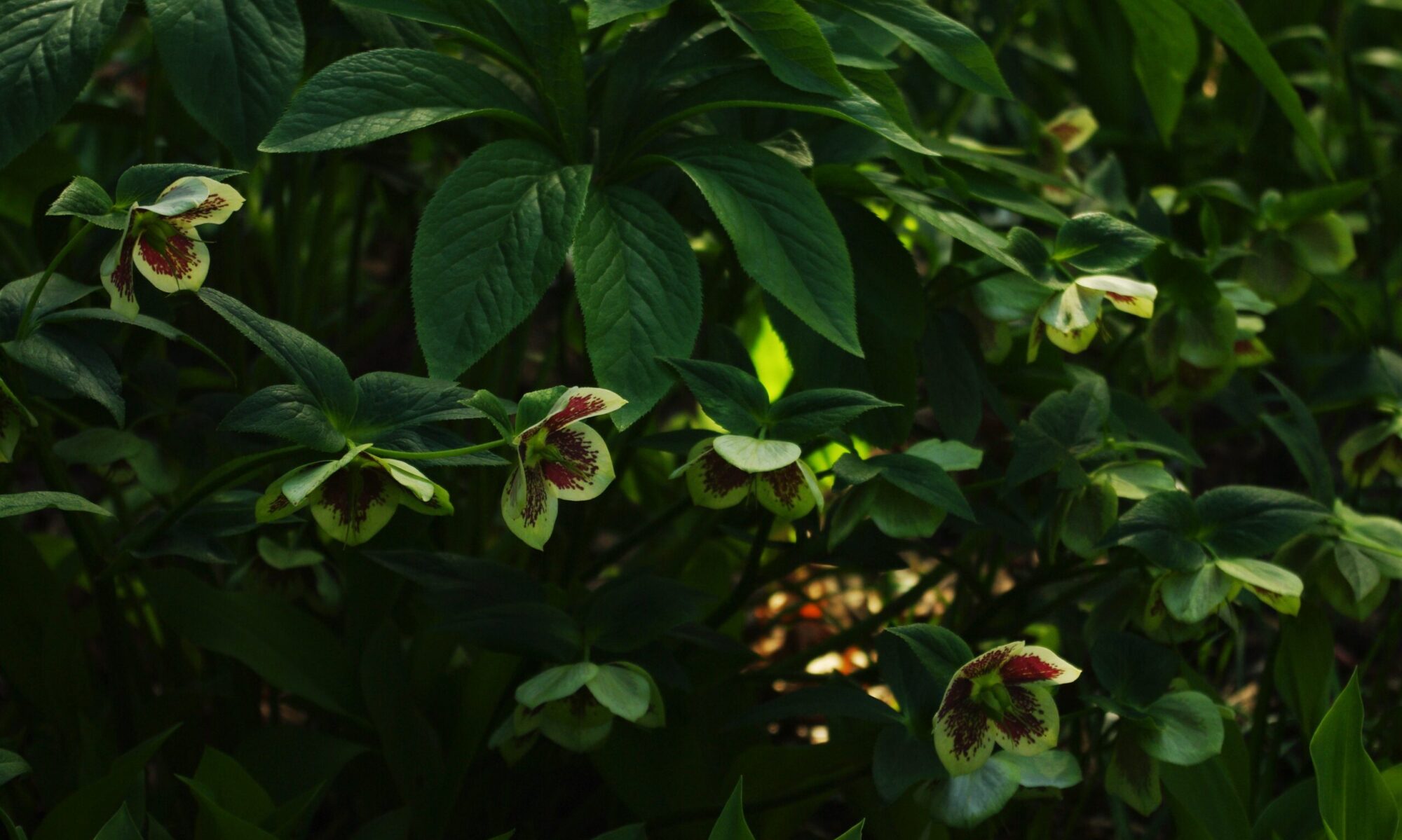
Almost two millennia aga, Cicero said If you have a garden and a library, you have everything you need. We think this is just as true today.


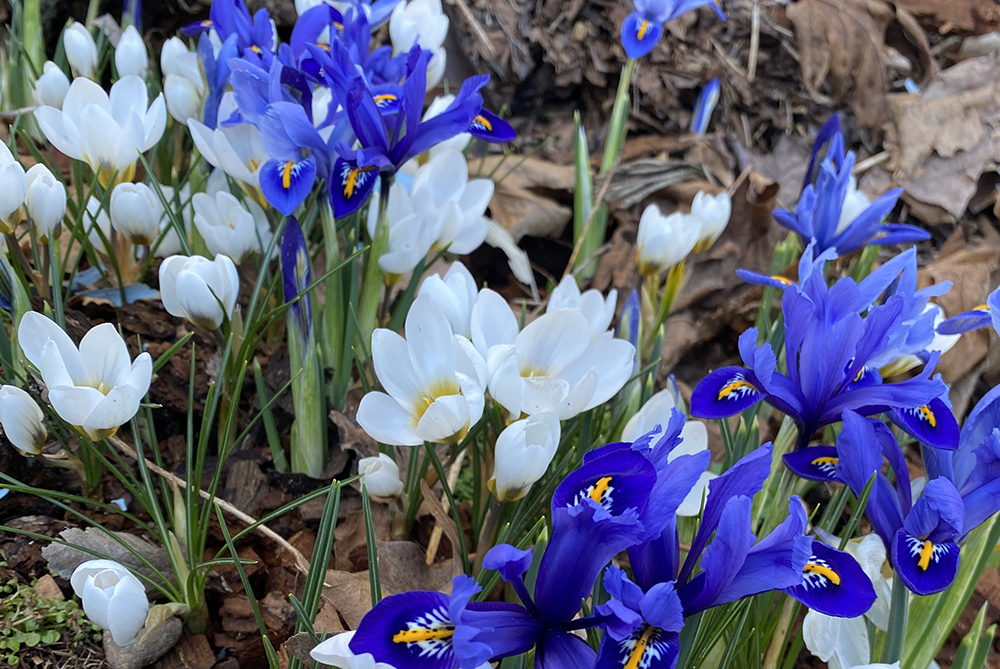

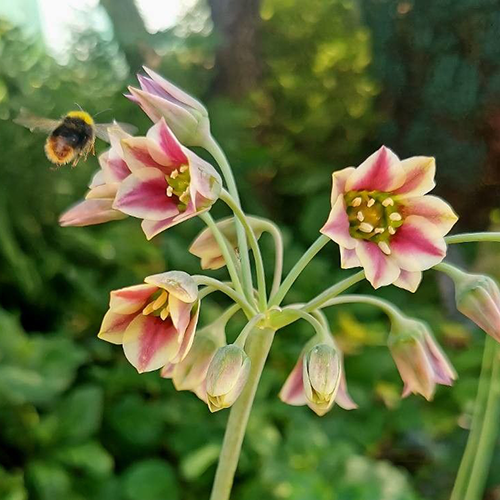
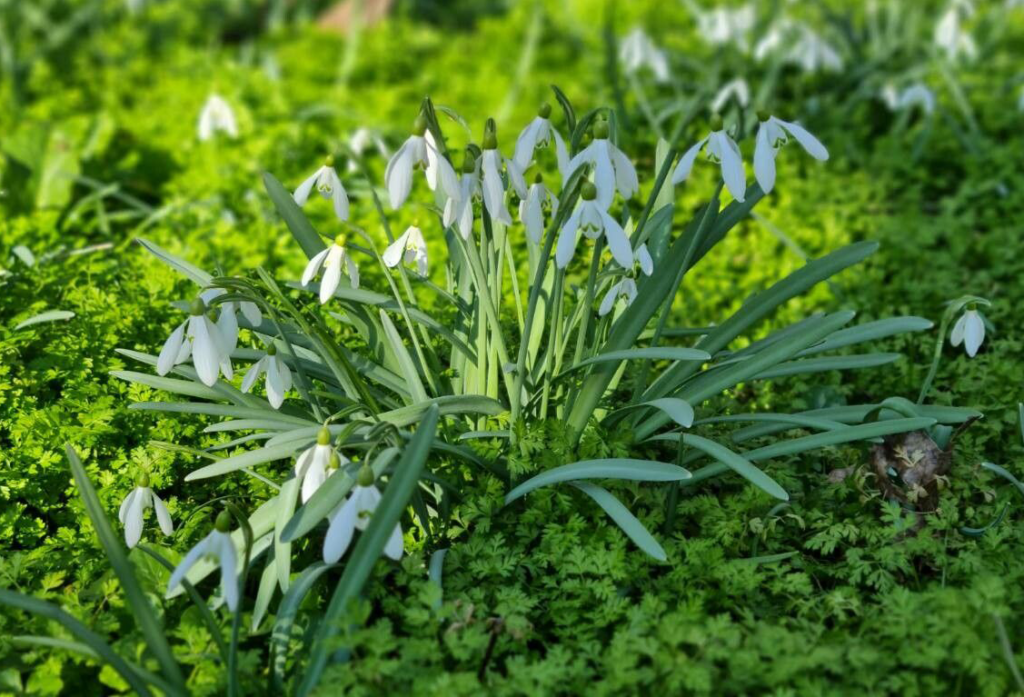
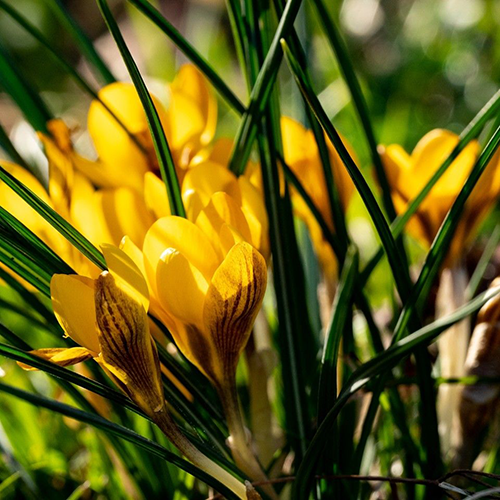
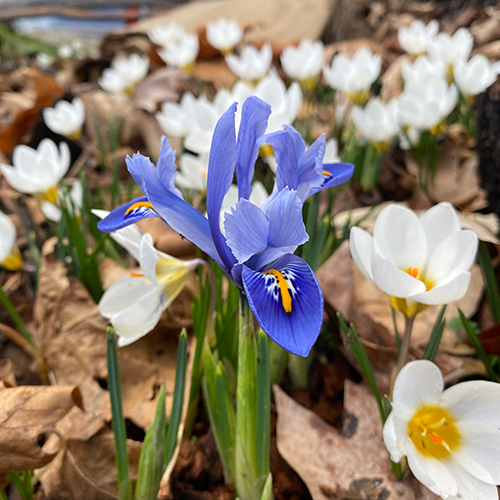
We’ve been telling this joke for years: Whenever someone comes to our table and says “that plant is deer resistant? My deer love that!”… and we say “well, it’s a well known fact that deer can’t read”. Badum-pum-tshhh.
We’ve talked to folks from all over Vancouver Island who are all to happy to rant about what damage the deer have wrought, and no two stories are the same. The truth is that there’s an incredible amount of variables at play here: not all deer are going to have a taste for the same things, and what they choose to eat will be very much based on what’s available to them, so if the pickings are slim, they’ll start to munch on the things they’ve been avoiding. If you’ve been around the block, you’ll have noticed this; some years they won’t touch ________ and other years it’s been mowed to the ground.
It’s incredibly frustrating, because there’s no one size fits all solution. It’s a lot of trial and error. Curiously, my son was able to grow some incredibly tasty deer treats in Saanich on an unfenced property that saw at least 4-5 deer pass through every single day. The secret? His plants were not on their routine path through the property, and so they passed by unnoticed. I suspect that had he stayed there for longer than 3-4 years, or if there wasn’t such a wealth of tasty food around, the deer would have wised up to the gambit.
Consequently, we try to make a distinction between deer resistant, and deer proof. The former are plants that are not on most deer’s top lists for lunch, and so with a bit of luck and some better food around, you likely won’t see much, or any damage to them. The latter category are plants that are toxic to deer and they will not under any circumstances eat them. Except when you encounter my nemesis…
Stupid deer. Like humans, I can’t help but suspect that deer have a range of abilities and intelligence levels. That would make sense, after all. Now I’m not an ungulate behaviourist, but I have to imagine that there are two kinds of deer who will try a plant that will literally kill them if they eat too much of it: young deer who don’t yet know better, and that one Bambi who’s two bricks short of a dozen.
There is nothing in the world that you can do to protect against stupid deer short of a tall fence. These bumbling jerks are just going to cruise around trying *everything* at least once, maybe twice, and perhaps a third time for good measure. The good news is that they generally do stop eating the poisonous plants before they keel over in your front lawn, but be realistic: even if you populate your front garden with deadly nightshade and castor beans (which is what ricin comes from), you’ll at some point go out and discover that they’ve been molested by some deer who doesn’t have two brain cells to rub together. And there just isn’t a thing you can do about it.
The bright side is that even with the less deadly options (like Alliums, Narcissus or Fritillaria), even the stupidest ones won’t (shouldn’t) do so much damage that your entire planting is ruined. Most commonly, I see some half-hearted nibbles on the leaves, an experimental bite or two, and no more. And I’m pretty at peace with that.
That’ll do pig, that’ll do.
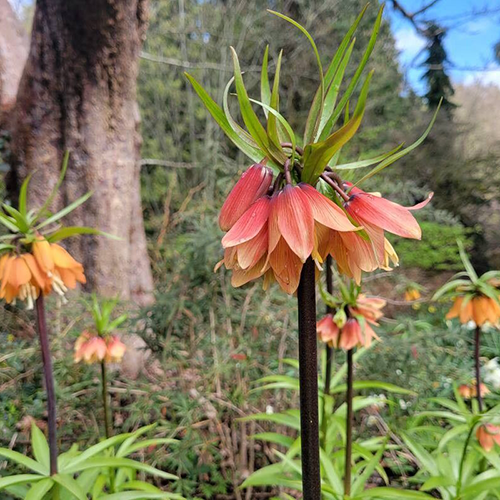
The entire internet and the world of SEO pushes towards making wordy posts that result in a ton of filler and jargon that drives me totally nuts. If you’re looking for the basic details, here they are.
Full/part sun, perennial, rich and well drained soil, hardy to Z3, 4-18″ tall, depending on species. Naturalizes well. Plant 4x the height of the bulb in fall or early spring. Deer proof, drought tolerant.
Check out our full list of Fritillaria
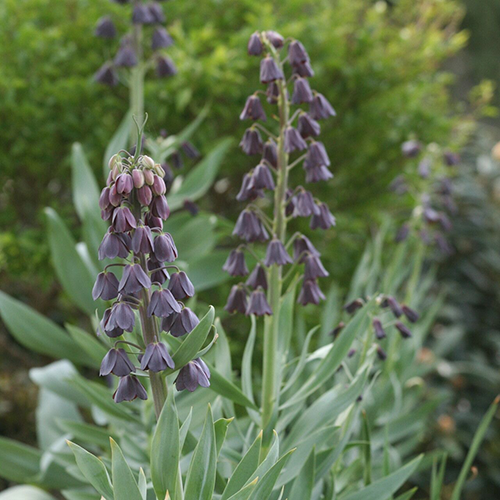
Like tulips, Fritillaria are part of the larger family of lilies, but unfortunately these beauties are more commonly spotted in professional than home gardens, despite being easy to grow. There are Fritillaria species distributed all over temperate parts of the Northern hemisphere, from Russia and Iran all the way over to Western North America. It is believed that they crossed over the Bering Strait on two separate occasions, and they have uses both as foods and medicine in Traditional Chinese Medicine as well as various Indigenous cultures here in the Pacific Northwest.
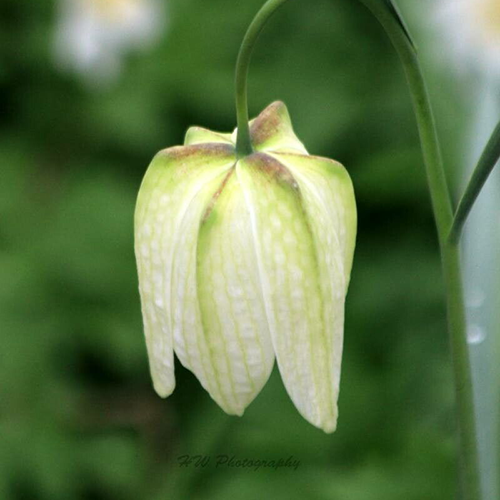
Because of the wide spread of this genus, there is a lot of variety in their overall height and way that these beauties flower, but they all do bloom in mid-late spring. The Imperialis subgenus has a base of leaves with a tall (24-36″) stem, atop which sits a crown of bright orange or red bell-shaped flowers.

The Persian Lily subgenus has a tall (24-36″) spire of flowers that are typically deep purple verging on black, but some varietals are ivory white. Others like the Meleagris or Michailovskyi top out at around 7″, and have a single flower per stem, like a gently nodding tulip. These varieties are very amenable to naturalizing (not at all invasively) into lawns, and create an outstanding show in the spring that will leave you putting off mowing just a little bit longer. However, don’t worry if you must mow them down – they will come back next year to delight you once again.

Though many types of lilies are quite tasty to deer, fritillaria are poisonous to them, and so they will either be completely ignored, or if you’re unlucky enough to have a dim-witted deer in your neighbourhood, they’ll get a small nibble or two in before they decide to move on. Like Alliums and Narcissums, Fritillaria can therefore be used as a kind of ‘defense’ – plant them on the borders of your bed along with other deer-unfriendly plants, and the pesky buggers are more likely to pass up your beds for yummier pastures.

All types of Fritillaria will naturalize, meaning that you won’t be stuck planting bulbs year after year – they’ll come back, and gently clump up over time. Like most spring blooming bulbs, they want barely any water over the summer as that is their dormancy period. If you want to split them, late summer is best. The bulbs themselves seem like an assemblage of ‘scales’, which vaguely resemble an artichoke but are far more fragile. If you knock some off while planting or splitting them, don’t worry! Each of those scales will grow into a full size bulb with time, though they won’t flower for the first few years as they need to accumulate stored energy first.
All of the beauties you see here are one’s we are carrying for the autumn planting season – you can check out our full list of Fritillaria we’re carrying, or place an order.
Happy Gardening!